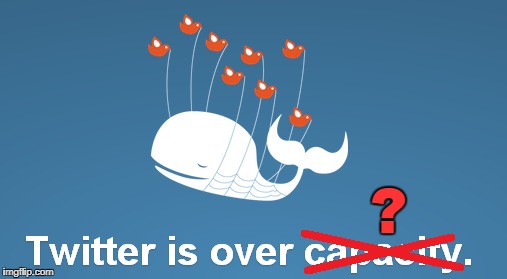Twitter’s Credibility Problem: Signal To Noise Ratio

I haven’t seen the Fail Whale around for a while, now that I think about it.
This weekend the New York Times published an in-depth investigative piece, The Follower Factory. It details the use and abuse of fake accounts on Twitter.
It was such a captivating read that I shelved the blog post that I was working on for this weekend and felt compelled to chime in on the subject.
Anyone who knows me knows that at one point I was ALL-IN on Twitter.
Believe it or not, there was a time, and it really wasn’t that long ago, that Twitter was actually a decent platform for networking and marketing.
And back then, surprisingly few people understood that. Sometimes when I told people in conversation that most of my paid contracts came from professional connections I initially built via Twitter they’d look at me like I had three heads.
Sometime in the last half dozen years however, Twitter began to lose its appeal for.
One acquaintance of mine summed it up like this: “Twitter is 800 million brain-damaged hamsters shrieking at each other.”

Hamster? possum? Let’s not get bogged down in semantics.
It’s hard to find fault with his analysis.
I’m still on Twitter, but only barely. Nowhere like I used to be.
The issue of fake followers is only one of the issues that plague Twitter now, all of which are regularly covered by both the technology and news media.
All of the issues, fake followers, online harassment, etc. can all be characterized to fall neatly into one silo:
A poor signal to noise ratio.
It’s remarkable that, even with a reasonably keenly curated list of who on Twitter I follow, just how much nonsense and insanity still leaks into my newsfeed.
When it becomes increasingly difficult to filter out the noise, then that makes the platform less useful. That means looking further afield for substitutes.

If Sun Tzu had been in marketing he would have said you need to choose the terrain. Actually he did say pretty much that.
Preferably substitutes with fewer hamsters.


